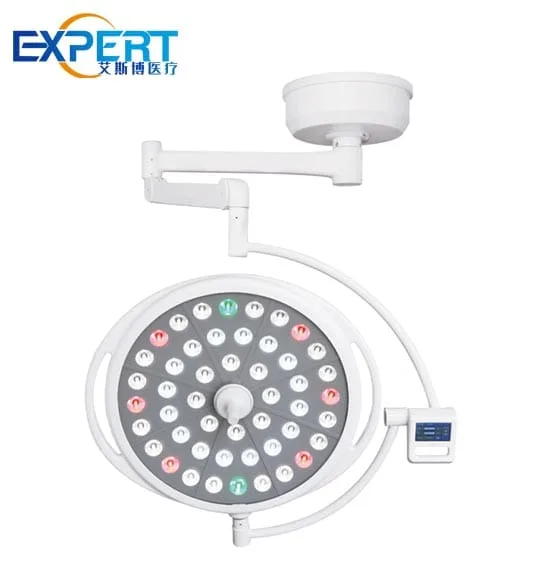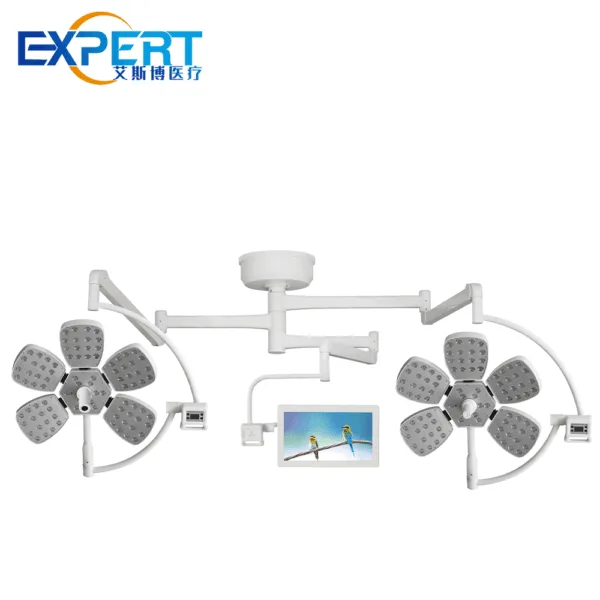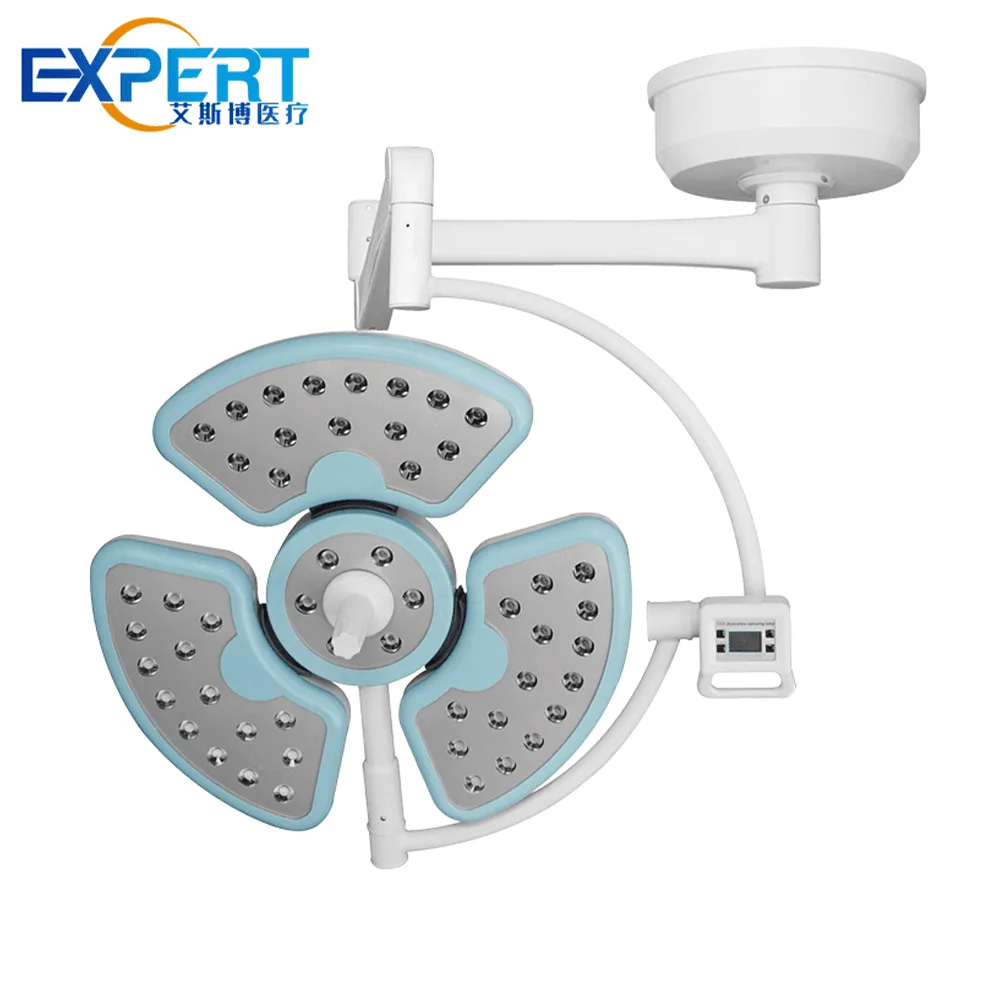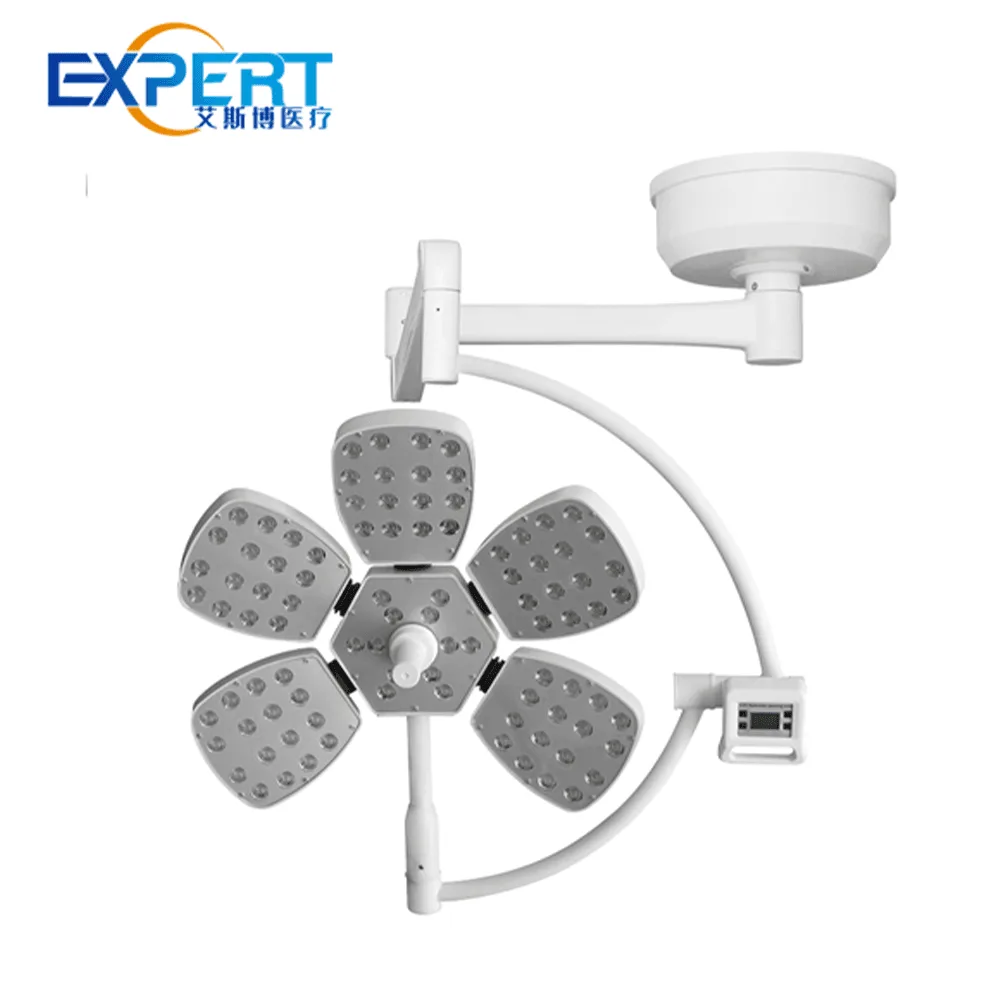Indirizzo
304 Il cardinale nord S.
Dorchester Center, MA 02124
Ore di lavoro
Dal lunedì al venerdì: 7:00 - 19:00
Fine settimana: 10:00 - 17:00
Indirizzo
304 Il cardinale nord S.
Dorchester Center, MA 02124
Ore di lavoro
Dal lunedì al venerdì: 7:00 - 19:00
Fine settimana: 10:00 - 17:00

Find out how surgical LED lights provide superior illumination, energy efficiency, and comfort for both surgeons and patients during surgeries.
Benvenuti nel mio blog!
Prima di addentrarci nei contenuti, se sei interessato ai nostri prodotti o hai domande, non esitare a visitare il nostro Contattaci pagina sul sito web. Il nostro team è pronto ad assisterti con richieste, ordini o qualsiasi supporto di cui potresti aver bisogno.
Ora, iniziamo il nostro viaggio insieme. Spero che troviate i contenuti qui presenti interessanti, coinvolgenti e preziosi.

In today’s surgical environment, lighting is more than just a necessity; it is a key component that enhances the success of medical procedures. Surgical LED lights have become a vital tool in operating rooms, offering unparalleled benefits compared to traditional lighting systems. These modern lights provide a range of advantages, including improved visibility, energy efficiency, and long-lasting durability.
In this article, we will explore the reasons why surgical LED lights are indispensable in the operating room. From enhancing surgical precision to reducing the risk of errors, we’ll look at how these lights support better outcomes for patients and improve the overall work environment for medical professionals.
Precision is everything when it comes to surgery. Surgeons rely heavily on exceptional visibility to make accurate decisions, and lighting plays a critical role in that process. Traditional lighting systems often produce glare and uneven light, which can obstruct visibility. On the other hand, surgical LED lights deliver bright, uniform illumination across the entire surgical field.
One of the standout features of surgical LED light is their adjustability. Surgeons can control the brightness and color temperature to suit the specific needs of the procedure. For example, during intricate procedures such as eye surgery or neurosurgery, the lighting can be customized to provide maximum clarity, ensuring precise cuts and minimizing the chances of error.

Surgical LED lights stand out for their energy efficiency. While traditional halogen lighting systems consume significant amounts of power, LED lights use up to 75% less energy. This is particularly important in operating rooms where the lights remain on for long durations, leading to substantial savings on energy costs.
In addition to their energy efficiency, surgical LED light have an impressive lifespan, lasting up to 50,000 hours. This dramatically reduces the need for frequent bulb replacements, further lowering maintenance costs and downtime. The long-lasting nature of LED lights means hospitals can focus more on patient care rather than constantly managing lighting issues.
Visibility is one of the most critical aspects of performing a surgery successfully. Traditional lighting systems can create shadows, which can make it difficult to see areas of the body that need precise attention. Surgical LED lights are designed to eliminate these shadows, providing an even distribution of light throughout the surgical area.
Moreover, many surgical LED lights come with multi-axis adjustable arms, allowing for complete flexibility. Surgeons can position the light exactly where it is needed, ensuring that there are no obstructions and that the surgical site is illuminated from all angles. This is particularly important for procedures that require precision, such as laparoscopic surgeries or complex heart surgeries.
Patient safety is a top priority during any surgery, and lighting plays a significant role in ensuring that the procedure goes smoothly. Surgical LED lights contribute to patient safety by reducing heat emission. Traditional lights, such as halogen bulbs, generate a considerable amount of heat, which can make the operating room uncomfortable for both patients and medical staff. Excessive heat can also lead to drying out the sterile field, increasing the risk of infection.
In contrast, LED lights produce minimal heat, helping to maintain a comfortable and sterile environment. This is particularly beneficial during long surgeries where the operating room temperature needs to be carefully controlled to prevent complications.
Surgeons spend long hours under intense lighting conditions, which can lead to eye strain and fatigue. Surgical LED lights help reduce this problem by emitting focused and non-glare light. The glare from traditional lights can cause discomfort and make it harder for surgeons to focus for extended periods.
With adjustable brightness and the ability to set the color temperature, surgeons can tailor the lighting to their comfort level. This ensures that they can maintain focus and precision throughout the surgery without experiencing eye fatigue, ultimately contributing to a better outcome for the patient.

One of the standout benefits of surgical LED lights is their extended lifespan. LED bulbs can last up to 50,000 hours, far longer than traditional halogen bulbs, which typically need to be replaced every 2,000 to 3,000 hours. This longevity reduces the need for frequent bulb replacements and significantly lowers maintenance costs.
For hospitals and surgical centers, this means less downtime spent on replacing bulbs, leading to improved operational efficiency. The reliability and durability of surgical LED lights make them a smart long-term investment for any healthcare facility.
Each surgical procedure is unique, and the lighting needs can vary accordingly. Surgical LED lights offer exceptional flexibility, allowing surgeons to adjust the brightness and color temperature to suit the specific requirements of the surgery.
For instance, during delicate surgeries, a cooler, high-contrast light can help highlight fine details, while a warmer light may be more appropriate for other types of procedures. This ability to adjust the lighting according to the procedure ensures that the surgical team has the optimal lighting conditions for their work, improving both efficiency and precision.

| Caratteristica | Beneficio |
|---|---|
| Efficienza energetica | Uses up to 75% less energy than halogen lights. |
| Lunga durata | Lasts up to 50,000 hours, reducing maintenance costs. |
| Ridotta emissione di calore | Minimizes heat, maintaining a comfortable environment. |
| Visibilità migliorata | Provides shadow-free, even light distribution for precision. |
| Personalizzazione | Adjustable brightness and color temperature for different procedures. |
| Reduced Eye Fatigue | Non-glare lighting helps surgeons focus for longer periods. |
Insomma, luci LED chirurgiche have become an essential tool in modern operating rooms. Their ability to provide precise, shadow-free lighting, improve visibility, reduce energy consumption, and offer customization for various procedures makes them a must-have for any healthcare facility. Additionally, the long lifespan and reduced maintenance needs further enhance their value, making them a cost-effective and reliable investment.
For hospitals, surgical centers, and clinics looking to improve surgical outcomes and optimize operational efficiency, surgical LED lights are an invaluable asset. With the ability to ensure greater precision and provide a safer, more comfortable environment for both patients and surgeons, it’s clear that these lights are a vital part of the future of surgery.
What makes surgical LED lights better than traditional lights?
Surgical LED lights are more energy-efficient, have a longer lifespan, produce less heat, and provide uniform, shadow-free illumination, improving visibility and precision.
Come faccio luci LED chirurgiche reduce eye fatigue for surgeons?
LED lights offer focused, non-glare illumination, and their adjustable brightness and color temperature settings help reduce eye strain during long surgeries.
Can surgical LED lights be adjusted for different procedures?
Yes, surgical LED lights offer adjustable brightness and color temperature, allowing surgeons to tailor the lighting to suit the specific needs of different surgeries.